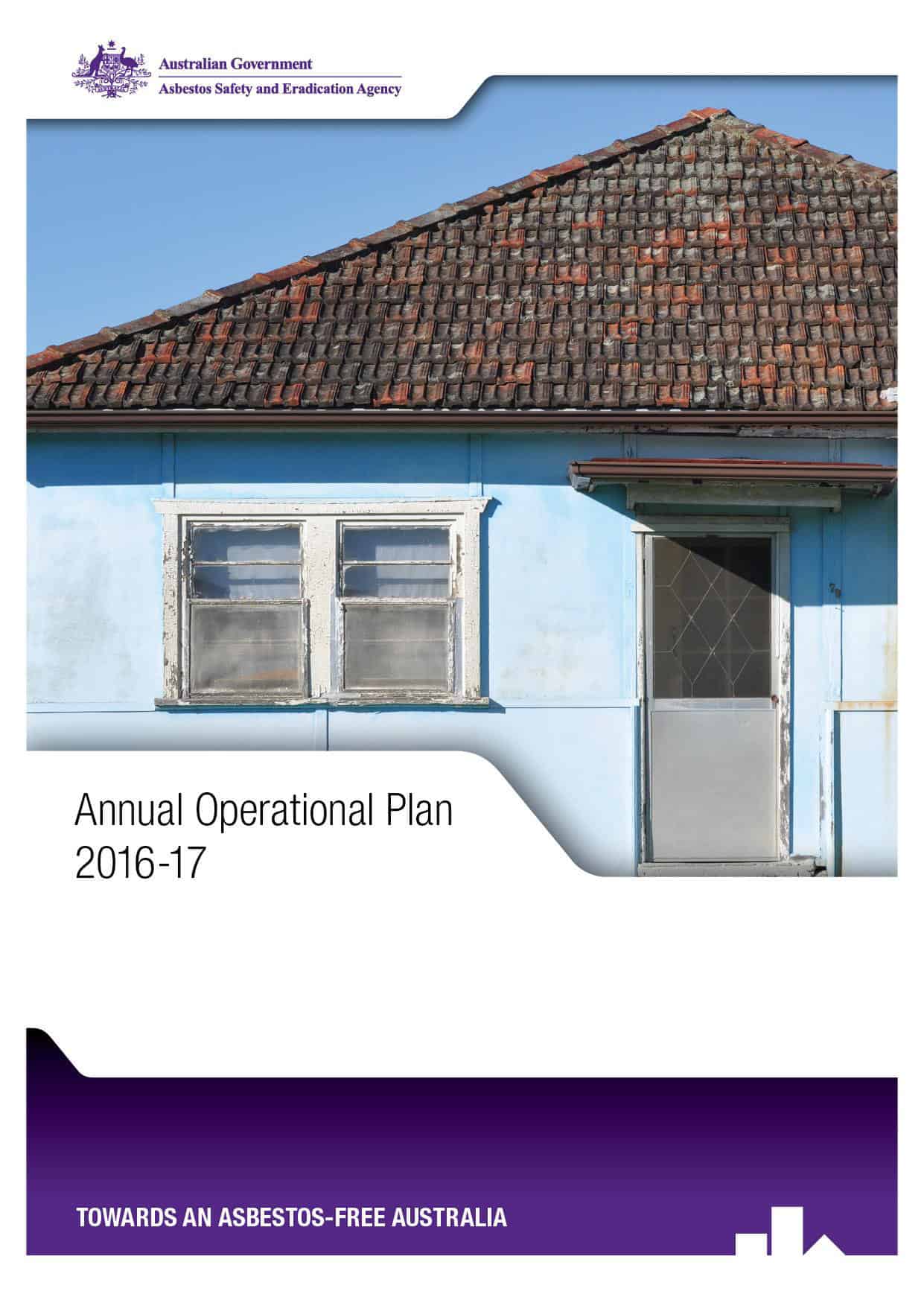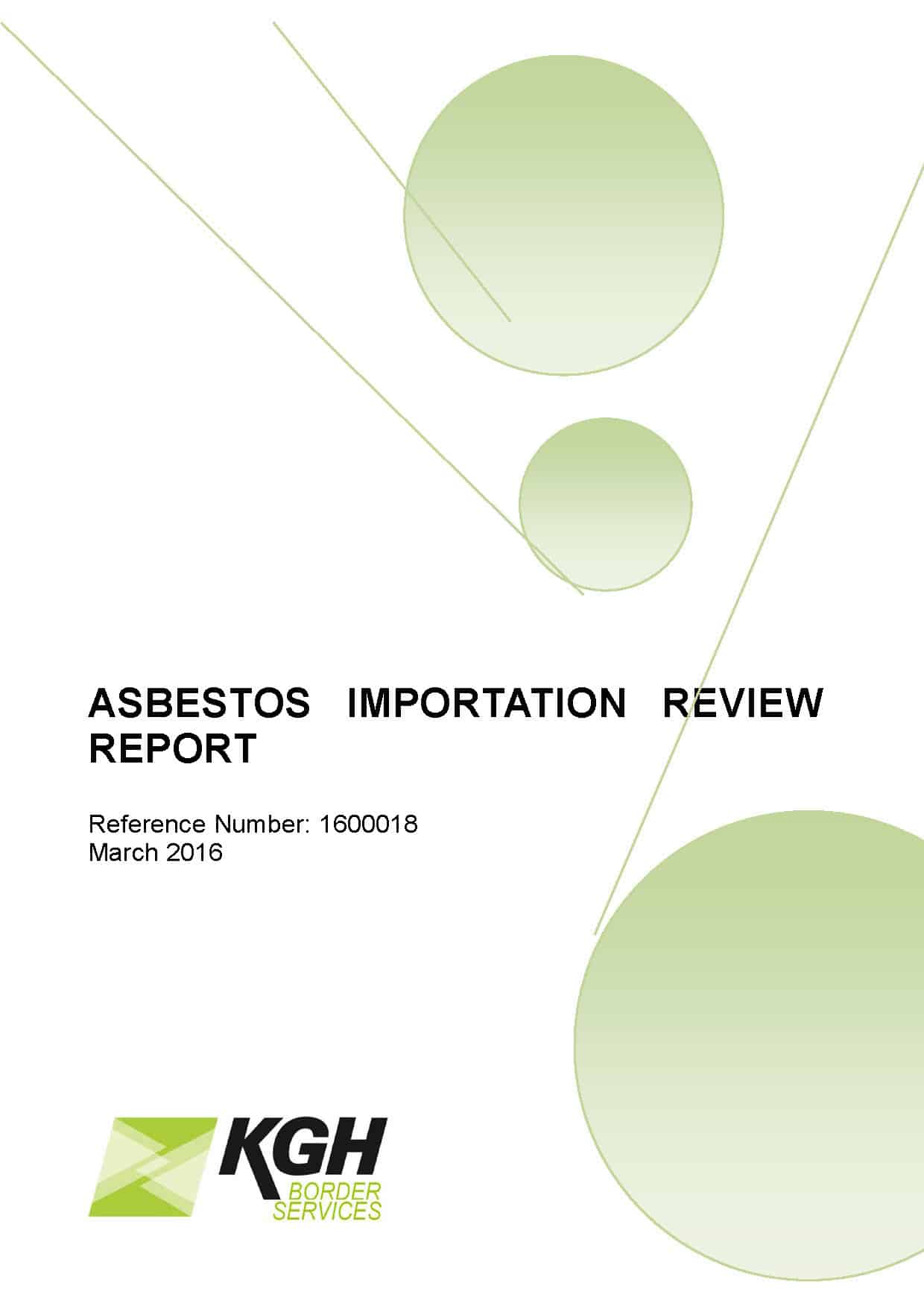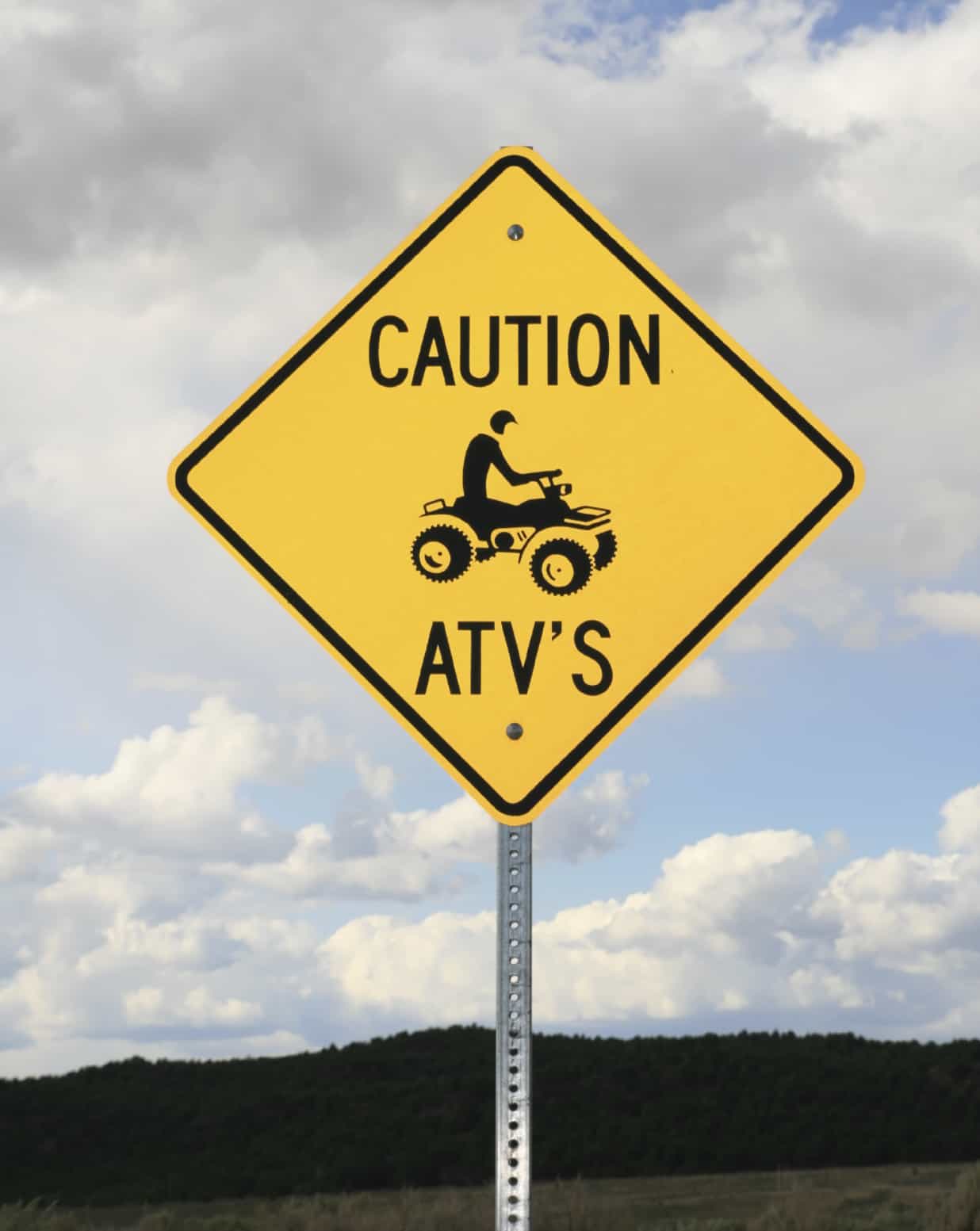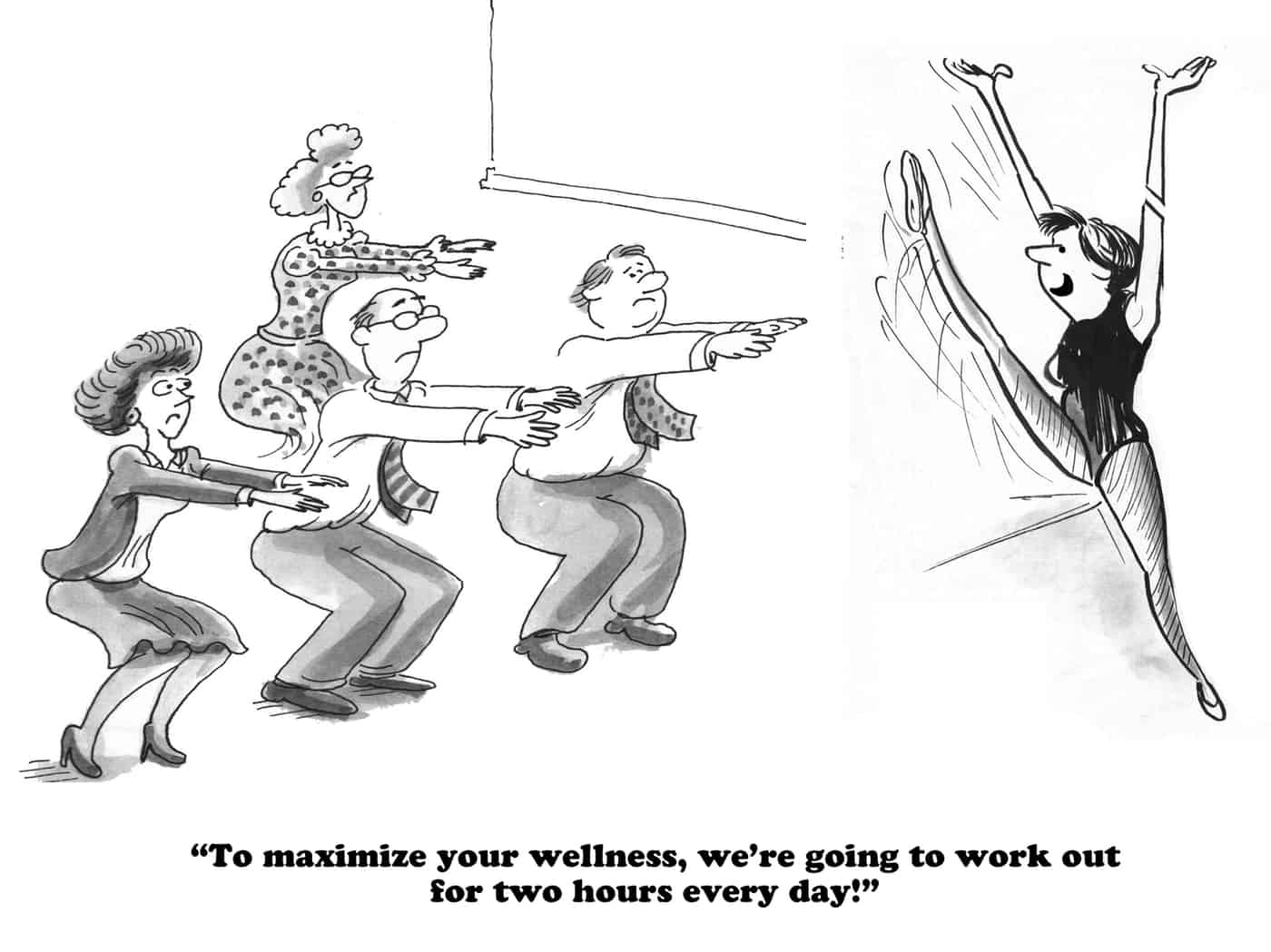Safe Work Australia (SWA) has formally launched National Safety Month. National Safety Month has existed for many years and is ostensibly a marketing exercise about workplace safety. As such it is worth looking briefly at the marketing of occupational health and safety (OHS) messages.
Campaigns can work well when there is a trusted and high-profile figure to be a spokesperson for the cause and, ideally, provides a testimonial or relevant back story. OHS in Australia lacks such a person. Safety messaging almost always comes from the heads of regulatory agencies or business leaders whose public profiles are minimal. Some prefer low profiles and when coerced to speak in public, often when on video, have a stilted delivery that limits the appeal.
Prominent support
If National Safety Month really wants to cut through into the mainstream media or to the broadest audience, it should have a message from the current Employment Relations Minister or, even better, the Prime Minister, at least. National politicians guarantee media attention even if the entirety of the message is not used or explained. State safety authorities have often been successful in gaining the support of their local Minister.
(A conference organiser trick that is regularly played in Australia is that if you want the Minister to open an event, let them know that if they cannot attend, the Opposition Party’s Shadow Minister has expressed an interest. The Minister then reprioritises the event.)
It is difficult to get Ministers’ time and even harder to have them on television or online video. People understand this inconvenience and struggle, and the effort to get the Ministers seems to add strength and authority to the issues Ministers talk about. If National Safety Month, or the various State-based events, does not have the relevant Minister speaking at an event or in support of the event, or if the month goes by without, at least, a ministerial media statement, the community can justifiably say that the Minister does not care about workplace safety, even when they have responsibility for the portfolio.
Online
Most Australian OHS regulators have an online strategy in support of National Safety Month. Over a decade ago when these strategies were introduced, the move online was almost always because it was seen as cheaper. The minuscule size of the audience was rationalised with “if you build it they will come”. The supposed success of many of these online strategies has not come from the subject matter, OHS is still seen as boring or a nuisance by most. Online OHS marketing is, like so many others, riding the wave of technological change rather than affecting change itself.
Growth and success has come from the penetration of Twitter, Instagram, Facebook and other social media that pushes information to the audience bypassing the traditional media controllers who almost always ignored workplace safety unless there was a catastrophic disaster of multiple fatalities.
A minor but recent example of how the longterm media ignorance of OHS has changed media strategies is that WorkSafe Victoria offered no passes to the media for its awards night on October 7*, as it had done for most of the previous awards events. WorkSafe seems to have become disheartened with the lack of mainstream media attention its awards received so it stopped inviting the media as a whole. The blanket exclusion is an odd decision given that WorkSafe Victoria has a strong online presence which would have been further strengthened by, at least, using the network of social media influencers.
The fact that WorkSafe Victoria has reconfigured its awards event back to an evening event and dinner is a further indication that the current WorkSafe is different from the previous incarnation under a conservative State Government. However its difference is not new as it is more a return to what occurred in the past and what was seen as successful, just perhaps not in a media sense. This “return to form” may reflect the expectations of the regulator, its stakeholders, the OHS profession and lobbyists but it has still failed to penetrate the editors’ interests in the next day’s newspapers. The Herald-Sun newspaper does include a full-page ad (pictured above)about the winners but this would have been paid for. Even so, it is a greater effort that in previous years where the ad was lucky to be a half-page.
Safety is too hard
The challenge of advertising about workplace safety is that the audience cannot buy safety; they must earn it, they must apply it, they must think about it and they must talk about it. But largely they don’t. It is seen as too complex and costly. This perception has largely come through the politicisation of OHS from both extremes of politics and so OHS marketing has needed to consider the political juggling of its stakeholders, particularly when those stakeholders are embedded in the development of the safety message and the communication of the safety message through the tripartite consultative artefact, as they are in Australia.
So there are few options left available to safety regulators. Safe Work Australia has chosen to add to the OHS body of knowledge and evidence through continuous release of reference documents and the Virtual Safety Seminars and podcasts which is the SWA’s main National Safety Month activity. As SWA is not a safety regulatory, it has always had limited marketing opportunities so it is building a contemporary library of thought.
Most State OHS regulators continue to provide, at least, a week of free seminars and suburban and regional events using the internet largely as an administrative tool for event booking rather than a communication medium, but perhaps, SWA simply established its patch early. And perhaps this is the most sustainable way to market workplace safety – talking face-to-face, showing new products and ideas, telling stories of what went wrong and what went right – reminding everyone that workplace safety is always about people. After all, Australia’s most successful workplace safety ad, Homecomings, was all about the importance of people.
*SafetyAtWorkBlog enquired with WorkSafe Victoria about media access some time ago but was advised that passes weren’t being issued and then it was too late to buy a ticket.




 The Victorian Government’s rebate scheme is administered through WorkSafe who provides a
The Victorian Government’s rebate scheme is administered through WorkSafe who provides a 
